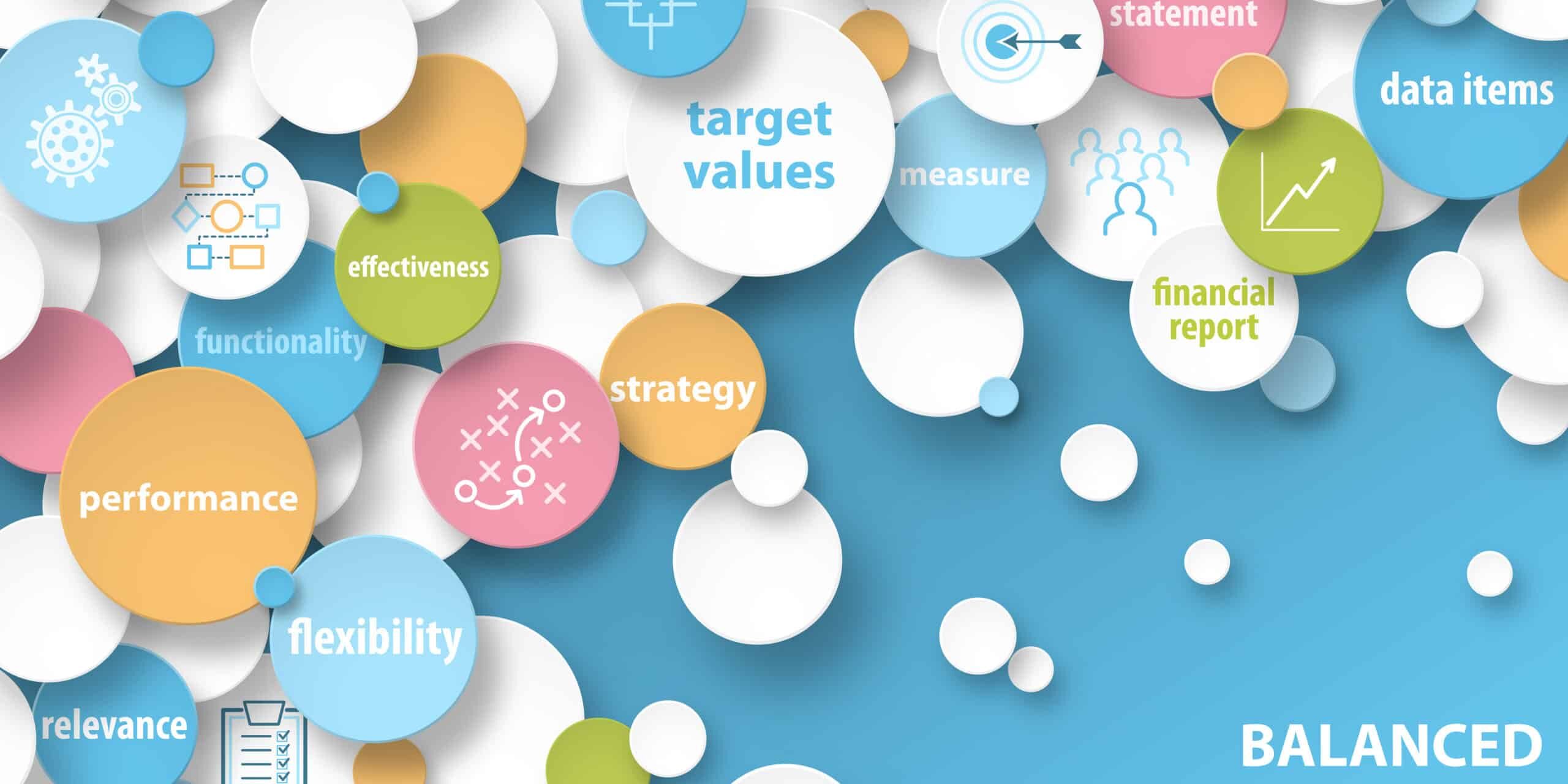Unlock the Potential of Your E-Commerce Business using a Balanced Scorecard
Electronic commerce (E-Commerce) has experienced exponential growth in recent years, becoming a crucial platform for companies seeking to expand their presence in the digital marketplace.
However, to succeed in this highly competitive environment, a strong management and control strategy is essential.
This is where the Balanced Scorecard (CMI) emerges as a powerful tool to measure, evaluate and improve the performance of your E-Commerce business.
What is the Balanced Scorecard?
It is based on four key perspectives: financial, Customers, Internal Processes and Learning and Growth. These perspectives are aligned with the company's strategic objectives and are translated into concrete indicators and goals.
Application of the Balanced Scorecard to E-Commerce - Key Metrics in each Perspective
The Balanced Scorecard can be adapted to address these particularities and provide effective strategic guidance. Here we present some prospects and key metrics what you can consider:
1. Financial Perspective:
- Total revenue and by sales channel.
- Profit margin by product or category.
- Return on investment (ROI) of digital marketing campaigns.
- Customer acquisition costs.


2. Customer Perspective:
- Number of unique visitors and conversion rates.
- Average value of the purchase order.
- Customer retention rate and loyalty.
- Customer satisfaction index.
3. Perspective of Internal Processes:
- Product delivery time.
- Shopping cart abandonment rate.
- Efficiency in inventory and logistics management.
- Product quality index and returns control.


4. Learning and Growth Perspective:
- Training and development of the E-Commerce team.
- Innovation of products and services.
- Implementation of technology and digital tools.
- New strategic alliances and collaborations.
Benefits of the Balanced Scorecard applied to E-Commerce:
- It provides a comprehensive view of business performance, enabling informed and strategic decision-making.
- Identifies areas for improvement and growth opportunities.
- Facilitates the alignment of teams and resources towards strategic objectives.
- It allows monitoring and evaluating the impact of actions taken in real time.
- Helps maintain a balanced focus on sustainable business growth.








